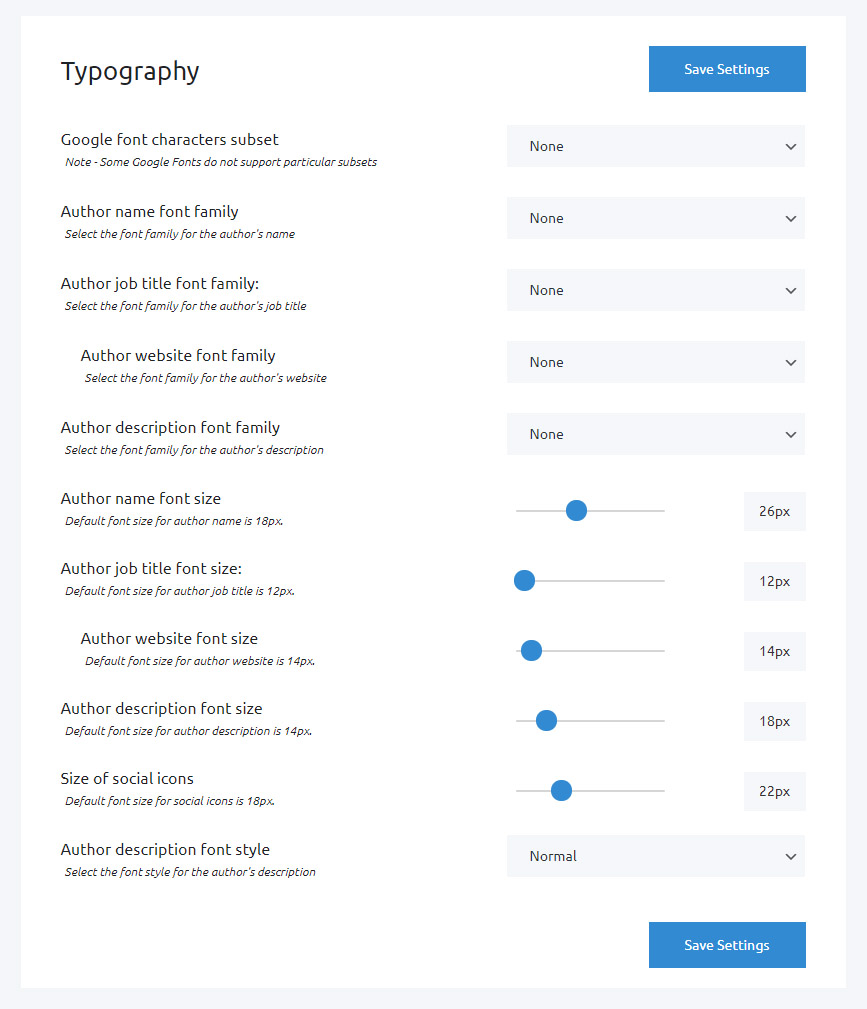When discussing branding and visual identity, the terms logo and logotype are frequently used, often interchangeably. However, in professional design and branding contexts, each term holds a distinct meaning. Understanding the difference is essential not only for designers but also for marketers and business owners looking to construct a strong and consistent brand image.
In simple terms, a logo is the overall symbol that represents a brand, while a logotype specifically refers to the text or wordmark portion of that symbol. Let’s explore the details of each and highlight how they differ.
What is a Logo?
A logo is a broad term that refers to any graphic element used to identify a business, product, or organization. It is the visual embodiment of a brand, typically used in everything from websites and product packaging to marketing materials and signage. A logo can contain images, symbols, shapes, and text—or a combination of all of these elements.
Types of logos include:
- Symbol or Icon: A picture or abstract design that represents the brand without words. For example, the Apple or Twitter icons.
- Wordmark (Logotype): A logo that consists entirely of text, such as Google or Coca-Cola.
- Lettermark: A typographic logo created from a brand’s initials, like IBM or NASA.
- Combination Mark: A logo that combines a symbol and a wordmark, like Adidas or Lacoste.
- Emblem: A design where the text is enclosed within a symbol or icon, such as Harley-Davidson or Starbucks.
As you can see, a logo is an umbrella term that encompasses various forms of brand marks. In this context, a logotype is one kind of logo, specifically one based on text.
What is a Logotype?
A logotype, also known as a wordmark, is a logo that is made entirely of stylized text. It relies solely on a unique typeface or a customized font treatment to convey a brand’s identity. There are no additional graphic elements besides the text itself. The strength of a logotype lies in typography, spacing, and color, which combine to create a distinctive and memorable mark.
Examples of famous logotypes include:
- Google: Clean and colorful typography used across various digital products.
- Coca-Cola: Scripted, vintage lettering that has become iconic worldwide.
- Visa: Simple yet strong lettering that conveys trust and reliability.
Because logotypes are made purely of text, they are particularly effective for new brands trying to establish name recognition, as they make the brand name highly visible and easy to remember.
Key Differences Between Logo and Logotype
While both logos and logotypes serve to identify a brand, their constructions and purposes can differ significantly. Here’s a breakdown of the core differences:
- Design Elements:
- A logo can include images, shapes, colors, and text.
- A logotype consists only of stylized text with no symbols or icons.
- Versatility:
- Logos with symbols can often be recognized even without text.
- Logotypes depend on the full visibility of the brand name.
- Recognition Strategy:
- Brands with high recognition may simplify logos to just icons (e.g., Nike’s swoosh).
- Emerging brands might use logotypes to emphasize name visibility.

Which One is Right for Your Brand?
Choosing between a logo and a logotype depends on your brand goals, audience, and design preferences. For instance, a tech startup may favor a sleek logotype to prioritize name recognition during its launch phase. On the other hand, an established sports brand might use a memorable symbol for quick recognition at a distance.
Some considerations for selection:
- Aesthetic Preferences: Are you drawn to symbolic or text-based designs?
- Marketing Focus: Do you want people to recognize your name instantly or associate it with a visual icon?
- Longevity: Will the design scale well across all mediums, from business cards to billboards?
It’s worth noting that many modern brands opt for a hybrid strategy—using both logotypes and symbol-based logos, depending on the platform and context.
Conclusion
While the terms logo and logotype are often confused, knowing the distinction between the two allows for more strategic branding choices. A logo is a general term for the graphical representation of a brand, which can include both images and text. A logotype, by contrast, is strictly typographic in nature. Both forms have their merits and roles in a brand’s identity strategy. Ultimately, the decision on which to use should reflect the essence of the brand and the impression it seeks to leave in the minds of consumers.
I’m Sophia, a front-end developer with a passion for JavaScript frameworks. I enjoy sharing tips and tricks for modern web development.
